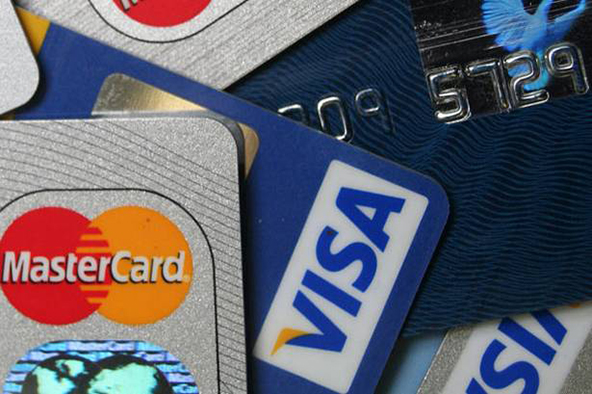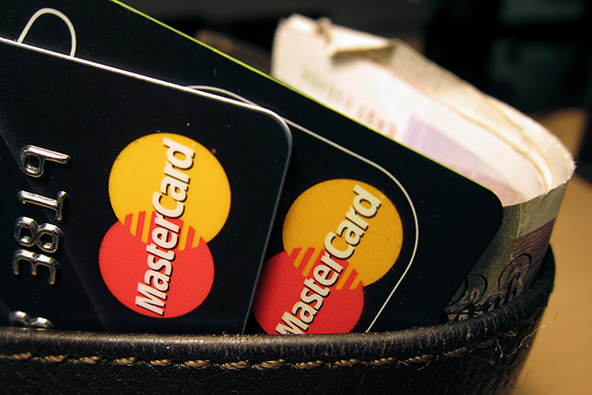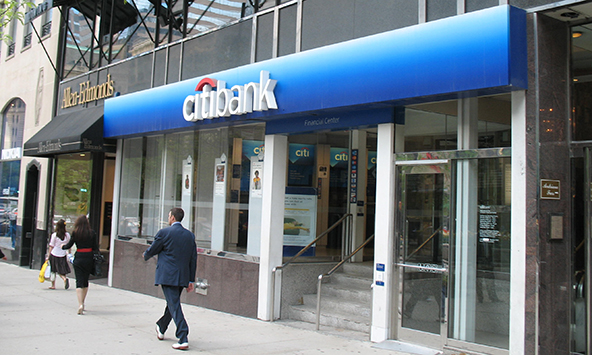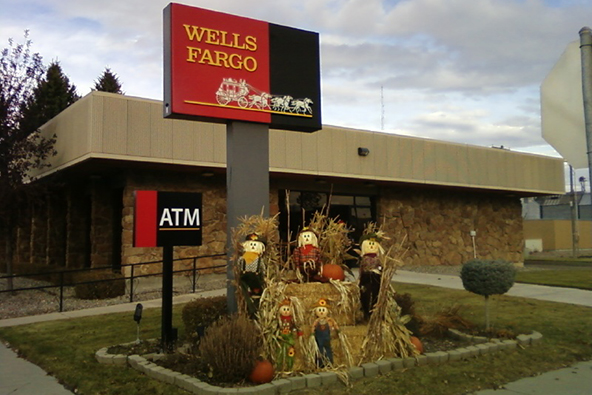Credit Card Skimming Affects One in Five ATM Users

Credit card skimming is often in the news. It is an issue that is hard to combat, as criminals and their devices are becoming increasingly sophisticated and consumers are still not paying as much attention as they should.
Skimming is the copying of account information encoded on the magnetic stripe of a credit or debit card, which is then re-encoded on a counterfeit card and used by criminals for processing fraudulent transactions.
Typically, skimming is done in places where the processing of card payments is done out of the cardholder’s sight (e.g. restaurants, bars, etc.) or at ATM machines. In both environments, the card is swiped through a skimming device that “reads” and stores the customer’s account information.
Now, it is easy to imagine how a crooked restaurant employee will manage to swipe a card through a small electronic device without anyone noticing, but how is it done at ATMs?
Jennifer Waters offers a couple of possible scenarios in an article in the WSJ:
Sophisticated skimming devices placed right over a card-reader slot allow scammers to capture the information embedded on the magnetic strip of a debit or credit card.
They might also have what’s called a pinhole camera mounted over your shoulder – say, in a plastic holder for brochures or a false panel – that records your fingers tapping in your PIN. Or there could be an overlay on the keypad that does so.
All this can be done in such a way that an average ATM user that has not been “skimmed” wouldn’t even notice anything out of the ordinary. And why would we? Most of us don’t exactly make an event out of going to an ATM and as long as we can quickly get some cash out of it, we don’t give it a second thought.
Well, you may want to reconsider your attitude toward ATM use after reading the following statistics, as quoted by Waters in her article:
Theft from ATM skimming is approaching $1 billion annually, according to Bankrate.com. Javelin estimates that one in five people have been hit by an ATM skimmer.
While a traditional bank heist will net the thief an average of $5,000, ATM pinching yields an average of $50,000, according to Doug Johnson, vice president of risk-management policy for the American Bankers Association.
These are amazing numbers and they are telling us why fraudsters are not likely to give up on skimming any time soon. So what are you to do to protect yourself at an ATM? Well, most of all you should always be on alert for anything that doesn’t seem right. Again from Waters’ article:
Keypads that aren’t concave, for example, could have overlays that flatten or pull the surface of the keys out. A card-reader slot might have a perfectly molded attachment over it that pops off. Some skimmers are custom-made with matching molding and a color that corresponds to a targeted ATM.
A good plan of action if you are not sure whether an ATM is safe would be to simply walk away. Even though you are protected against fraud and any possible losses would be borne by your card’s issuer, you would still have to deal with the hassles of reporting and establishing exactly what had occurred. Moreover, debit card users will typically have the amount of the fraudulent transaction frozen for the duration of the investigation.
Image credit: Financial Blogger.


